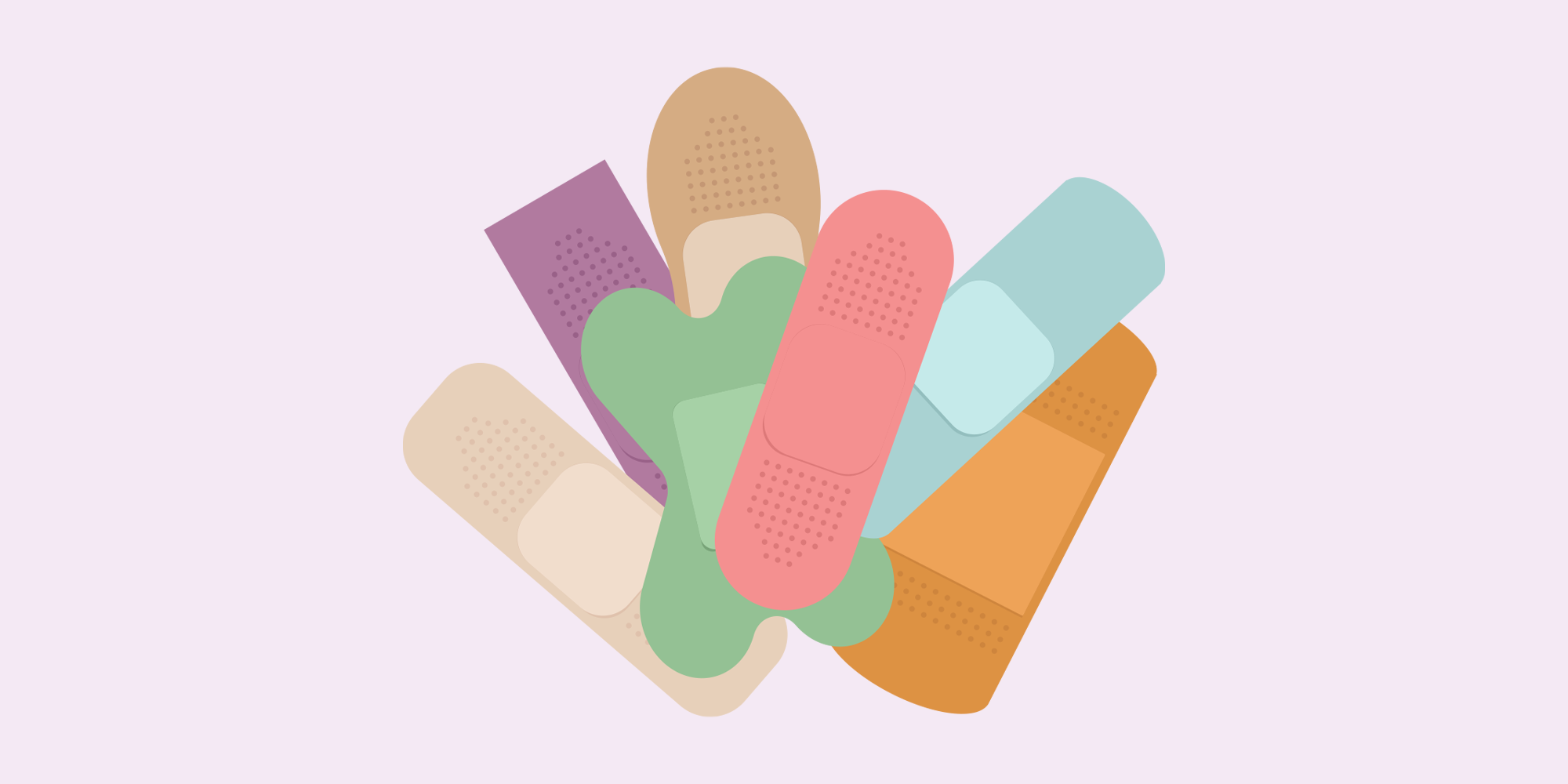
Life insurance: The payout (death benefit) is provided to designated beneficiaries in the event of the policyholder’s death and is received tax-free.
Term life insurance: Premium payments stay the same for the term of the contract (typically 10 to 30 years), as long as the policyholder keeps making payments, regardless of new illnesses or health complications.
Permanent life insurance: Lasting for the remaining lifetime of a person, these policies generate cash value, which are deferred for the duration of the policy. You can often borrow or withdraw against the cash value.
Health insurance: Health insurance covers medical expenses for illnesses and injuries, including diagnostic tests, hospitalization, and prescription drugs. Canadian coverage varies across provinces.
Motor insurance: Liability insurance is required to operate a vehicle and covers damages to a third person but does not cover policyholder medical expenses or damages to the vehicle. Additionally, full coverage may be purchased.
Homeowner or renter insurance: Protection for damage or loss of personal property but differs from mortgage loan insurance, which protects lenders against default, and is usually required by state or provincial laws.
Disability insurance: Income protection provides financial protection for workers who become injured or ill and thus cannot work and can replace 50 to 80 per cent of their income, depending on the policy.
Short-term disability insurance: Temporary coverage, such as for an accident or illness that requires recovery time; often offered through group insurance plans.
Long-term disability insurance: Provides protection from injury/illness for longer (or even permanent) periods of time, depending on provider and policy.
Travel insurance: Trip protection covers luggage against damage, theft, loss, and unplanned expenses such as canceled or delayed flights. Travel medical insurance can be purchased separately.






